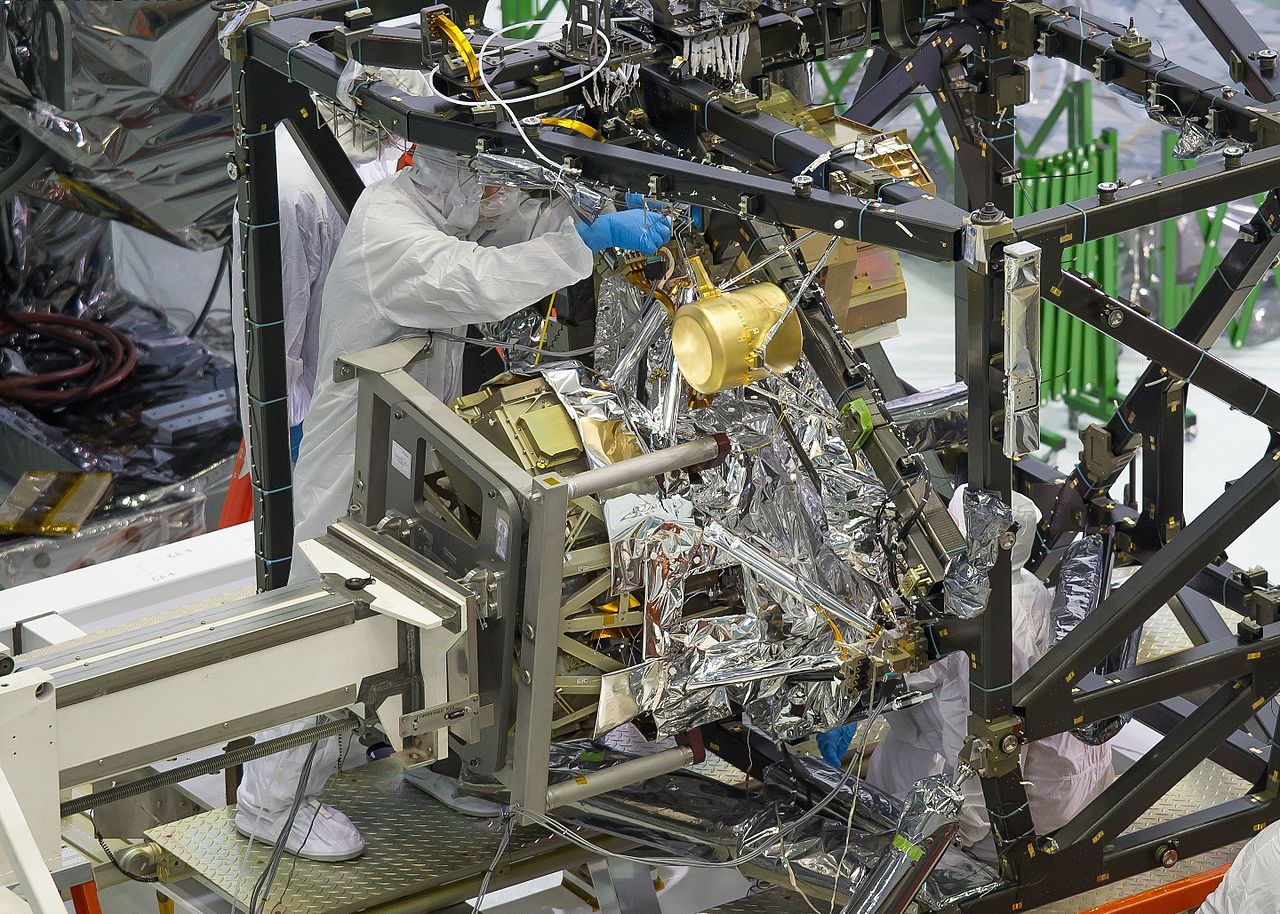Seeking a solution for your specific cleanroom packaging application? Please phone us at 1-800-799-4830 or contact us via email.
The key challenge for the cleanroom packaging of glass or plastic optics is surface protection. This includes particles, ionic contamination and hydrocarbon outgassing (Non-Volatile Residue), all of which can harm parts in process or finished optics.
The solution is the uses of an extremely low outgassing cleanroom film specifically designed for Optics. AeroPackaging developed UltraLOPlus™ for the NIF project at Lawrence Livermore National Laboratory to meet the exacting requirements of the largest laser project in the world.
UltraLOPlus™ Poly is a specially engineered Polyethylene Homopolymer, resulting in a cleanroom packaging film that has extremely low particulate contamination, low ionic contamination and very low potential hydrocarbon outgassing.
The management of this Department of Energy project set up a process where everything that came into the building clean or non-clean had to be packaged in UltraLOPlus™. This almost sounds like a heavy-handed approach, but by doing this they eliminated any chance of “wildcard” contamination entering the project building. If contamination was detected on an item, they knew that it came from something other than the packaging film. (Each of the types of contamination is examined below.)
Non-volatile residue in packaging films is easy to analyze and should be considered in all packaging qualification processes. This test looks for dissolved hydrocarbon residue in the solvent used for particulate testing; by weighing the resulting residue, limits can be established for your packaging challenge.
Secondary and more sensitive investigations can be done using ash or alpha tests to identify the level of free hydrocarbons as a user compares films to meet important needs. All ethylene-based packaging films will have some level of free hydrocarbon; the chief concern is choosing a material that minimizes damage to your product.
Low outgassing is an important factor in all cleanroom disciplines and it is even more important to your product once it’s in a package. If you are concerned about the outgassing of structural components in your cleanroom – and you should be – consider your package as a mini-environment, traveling to the other side of the world for processing.
The opportunity to transfer chemical contamination to the surface of the packed product from outgassing during long-term contact with a large surface area like the inside of a bag is obvious. The challenge to the packaging manufacturer is to engineer films that minimize the components of the film itself that contribute to outgassing.
Mobile ion impurity levels can also have damaging results to high-performance products. The issue of purity has become extremely critical in any application when the component being packaged comes into direct contact with a process substrate. Any ionic contamination that transfers to the component will corrupt the process substrate.
In each situation, specifications will need to balance setting maximum damage thresholds against realistic expectations for the packaging film. The science of testing for ions has advanced as quickly as the evolution of test equipment has made it possible. We have seen the measurement of ionic contamination advance from parts per million to parts per trillion, and now to 1012 molecules/cm2.
If you are not producing optics for National Defense, the same issues are at play when packing your product either in process or shipping. The first important point is that UltraLOPlus™ Poly is not an exotic material and does not carry an exotic price tag. Its cleanliness is just the start for performance.
UltraLOPlus™ is a very strong film allowing for the uses of 4 MIL material in applications where you’ve used 6 MIL in the past. The product has better gas barriers so it holds vacuum for a longer time and has a harder surface to prevent abrading.
The best way to package any cleanroom product is with a vacuum sealer. This immobilizes the part and stops it from moving against the bag. This also stops the development of a static charge. UltraLOPlus™ is NOT available in an Anti-Static version — it would not be as clean if it was. When you have a packaging application where Anti-Static is important, use a pink anti-static poly bag as the secondary (outer) bag.
Packaging “in process” plastic or glass parts is done in UltraLOPlus™ to eliminate any contamination before coating or further finishing operations. This “in process” packing stops the recleaning of parts to control blemishes in the coating.
Questions? Email Us or Call Toll-Free: 1 (800) 799-4830
